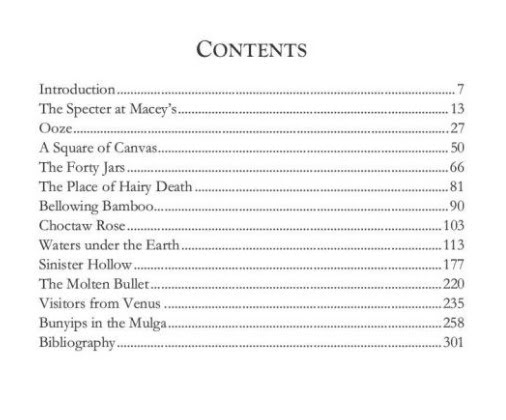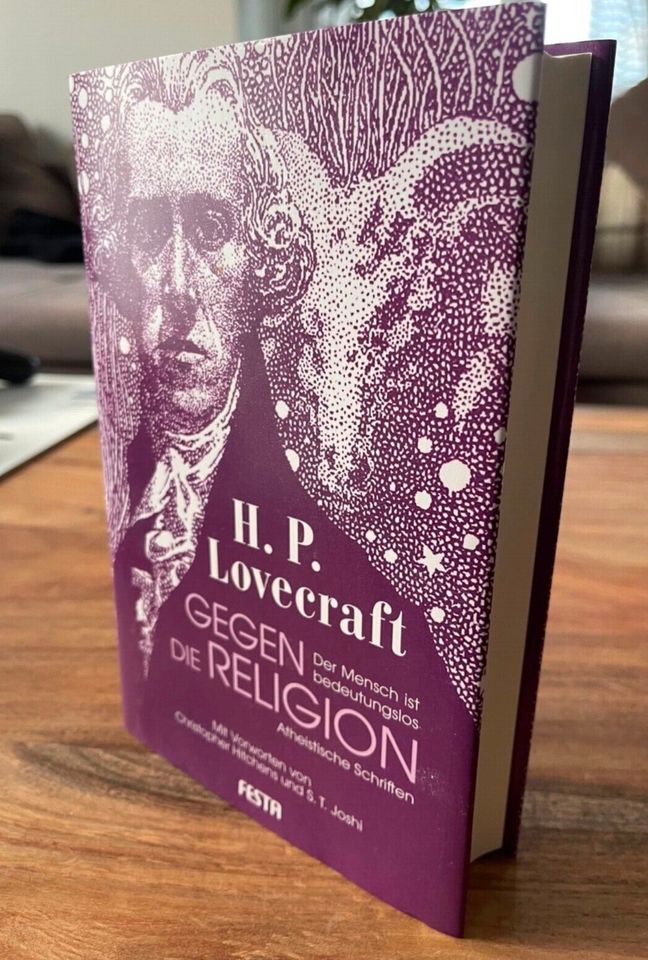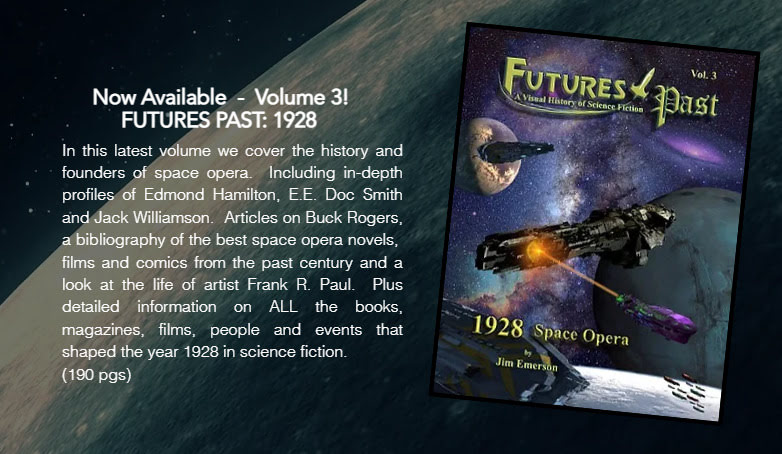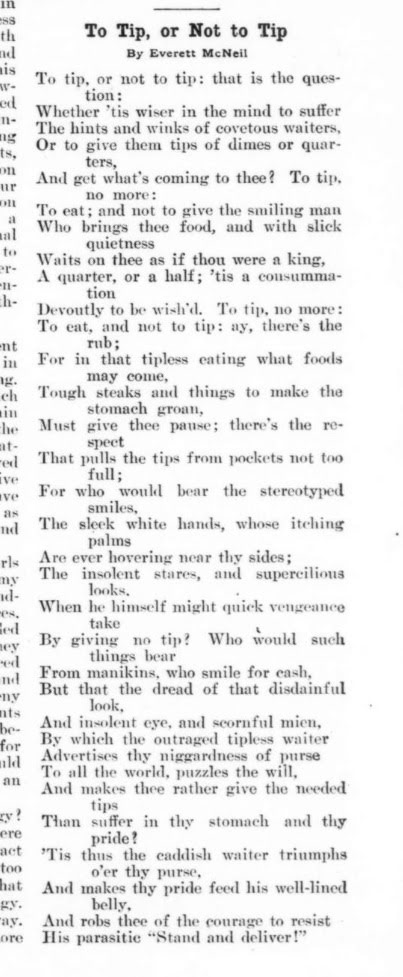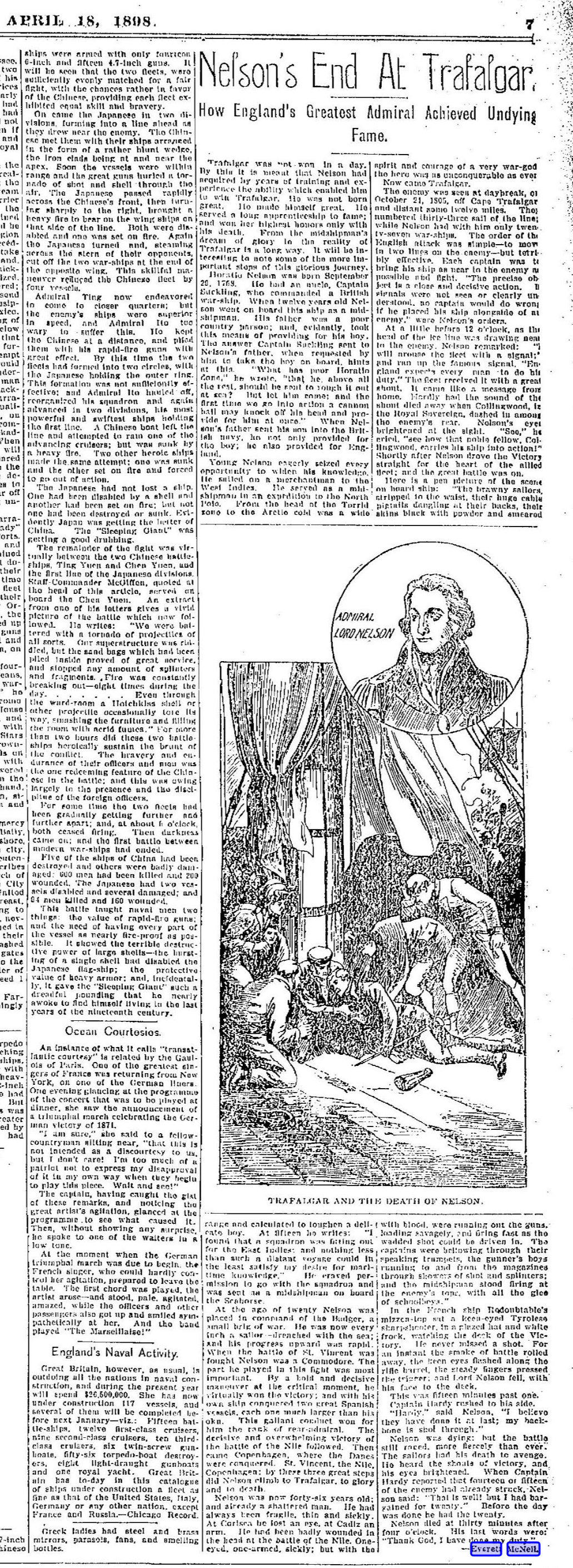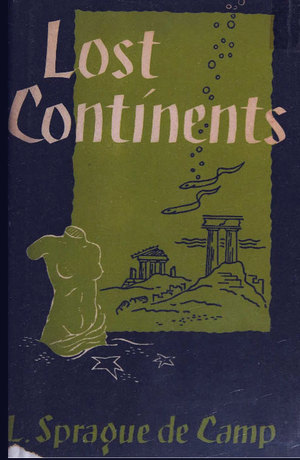Here’s my third set of notes on Lovecraft’s Letters to Wilfred B. Talman and Helen V. and Genevieve Sully. These notes cover letters from November 1929 to May 1931.
Page 124. We get the last address of ‘Good Old Mac’, the boys’ adventure novelist and sometimes juvenile fantasist Everett McNeil, which may be of use to those still seeking the lost letters and manuscripts of McNeil. He was with his sister at “Collins, 6227 Warner St., South Tacoma, Wash.” He died there shortly after arriving.
Page 127. It’s mid April 1930, and Lovecraft’s summer travels are in the offing. He implies he is to meet Belknap Long in Atlantic City, “thereafter continuing southwards alone”. Thus it seems he visited Atlantic City.
Page 130. “Strange musick around Red Hook [Brooklyn] seems quite a usual thing. I always noticed gangs of sinister-looking youths marching about with ukuleles and harmonicas, & wondered what dark & furtive gods of the nether-world they were hymning in their cryptic rituals.”
Page 131. Said of his new story “The Whisperer in Darkness”, in mid late July 1930… “When I get a chance to rewrite it … It won’t do in its present form.” If I remember correctly it was relatively rare story in terms of being written away from home and during the summer.
Page 134. The New Zealand amateur Robert G. Barr published Lovecraft’s “Harbour Whistles” (part of Fungi from Yuggoth) in his Silver Fern. Today the National Library of New Zealand has Robert G. Barr Collection of Amateur Journalism. “This collection is catalogued online”.
Page 135. On seeing the initials “FOFA”, Lovecraft imagined some possible meanings. “Fiends of Forest Abbey” and “Fifty Ogres from Acheron”. These may be of interest to RPG gamers and Mythos writers.
Page 135. September 1930. Arthur Leeds was then touring with a theatrical company, and had recently “passed through” New York City in the late summer.
Page 137. Talman wrote a “tale based on our good old friend Honest Mac” (Everett McNeil). Lovecraft notes “His real charm as a perpetual boy telling stories to other boys”. Talman’s story was mangled by an editor. The man being “a sterotyped commercial robot” and “a big-winded office-hound” in Lovecraft’s view. The editor had demanded that a stenographer be added, “as if it were illogical for a writer not to be able to hire a typist”. The tale was “The Story Teller: A Tale of Christmas”, which survives in its editor-warped “mangled” form.
Thus McNeil features as a character in another story, albeit not a weird one. I have a survey of ‘McNeil as character’ in my biography of him. Talman’s tale ran in the Christmas number of The Texaco Star (Vol. 17, No. 11, December 1930), and is interesting as a romantic pen-picture of a key Kalem member by one who knew him. Lovecraft objected to the frock-coat in the illustrations, but thought the pictures “looked a bit like him”.

Page 138. Lovecraft’s camera was, by October 1930, a portable “vest-pocket Kodak” though it made what he called “microscopic views”. This was then his only camera “in working order”. He doesn’t give its model or date, so the model can’t be guessed. A 1918 early “vest-pocket Kodak” model looked like this…
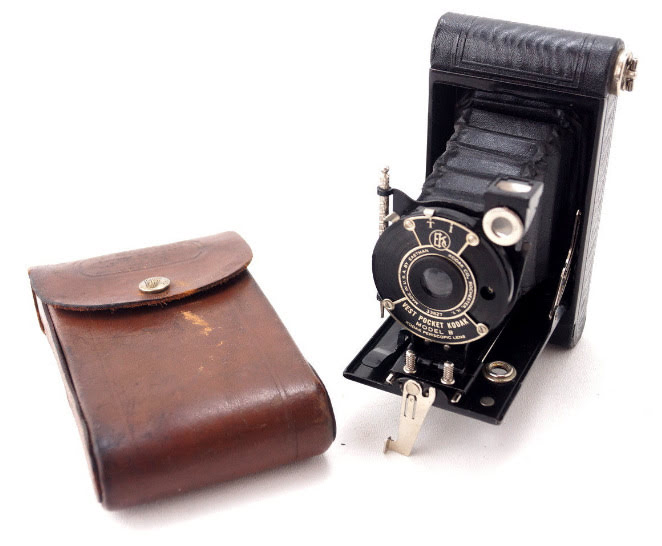
Several years later he tells Talman that he has photographed his new home at No. 66 with his old “1907 #2 Brownie” (a Kodak ‘box-brownie’), so he must have had it mended since 1930 or perhaps just bought film for it and given it a clean.
Page 149. “Bedford is one of my favourite villages”. The latest Texaco Star has arrived, and the “New London article interested me greatly”, and he was further captivated by “the whaling article” along with “the Jamaica article”. He eagerly awaits “the Providence article” in a later issue, to which by the sound of it he has contributed something. At this time Talman is working on the magazine. Not noted by Lovecraft, the latest Texaco Star’ Contents page briefly notes that dinosaur eggs have been discovered in the USA for the first time.
Page 153. Lovecraft reads the reviews in the Sunday Times, presumably the Sunday edition of the New York Times and not the Times of London.
Page 160. Of his press cuttings collection he notes that “most of them are printed on such rotten paper that they perish in the course of a very few years”. Thus his cuttings file(s), which I had previously wondered about re: their present location, might only have been a relatively ephemeral thing. By Christmas 1930 it was possible to copy a document by hunting up what he calls “a photostatic reproducer” who would change “50 cents” to copy the proofreading booklet that Talman had then sent. But obviously the costs would have been prohibitive for preserving newspaper cuttings.
Page 162. “Prose must be created with just the same exactness, delicacy of ear, imaginative fertility etc, as verse.”
Page 164. On Blackwood… “His prose is so accursedly bad and journalese”.
Page 169. He reveals what he was doing in 1904-05, at age 14-15. Intensively studying the histories of the ancient world. On the details of the capture of Babylon in 312 B.C…. “in 1905 or so I knew all this just as well as I know my own name”. In 1932 he had to refresh his memory of some of the details.
Page 175. “My postcard collection is classified”, ordered by place presumably, and it “hath now overflowed the trunk and includes two cardboard boxes as an annexe”. Today, the Brown repository only 557 cards, some of those not from Lovecraft (e.g. Cook to Cole) or if from Lovecraft are not picture-postcards.
Page 175. “I’ll have to cook up some adventures of Ward Phillips, the occult deteckatiff” (i.e. himself). In April 1931 he was evidently perusing the “scientifiction” magazines, if only on the news-stands, since he remarks that he has not yet seen any Belknap Long science-fiction stories in these.
Page 177-178. He gives detailed advice on “The Curse Wheel” for Talman, re: re-writing this ‘Jersey Devil’ tale. Getting carried away, he gives his own substantial rewriting in five long paragraphs. New fiction from Lovecraft! Well, new to me anyway.

